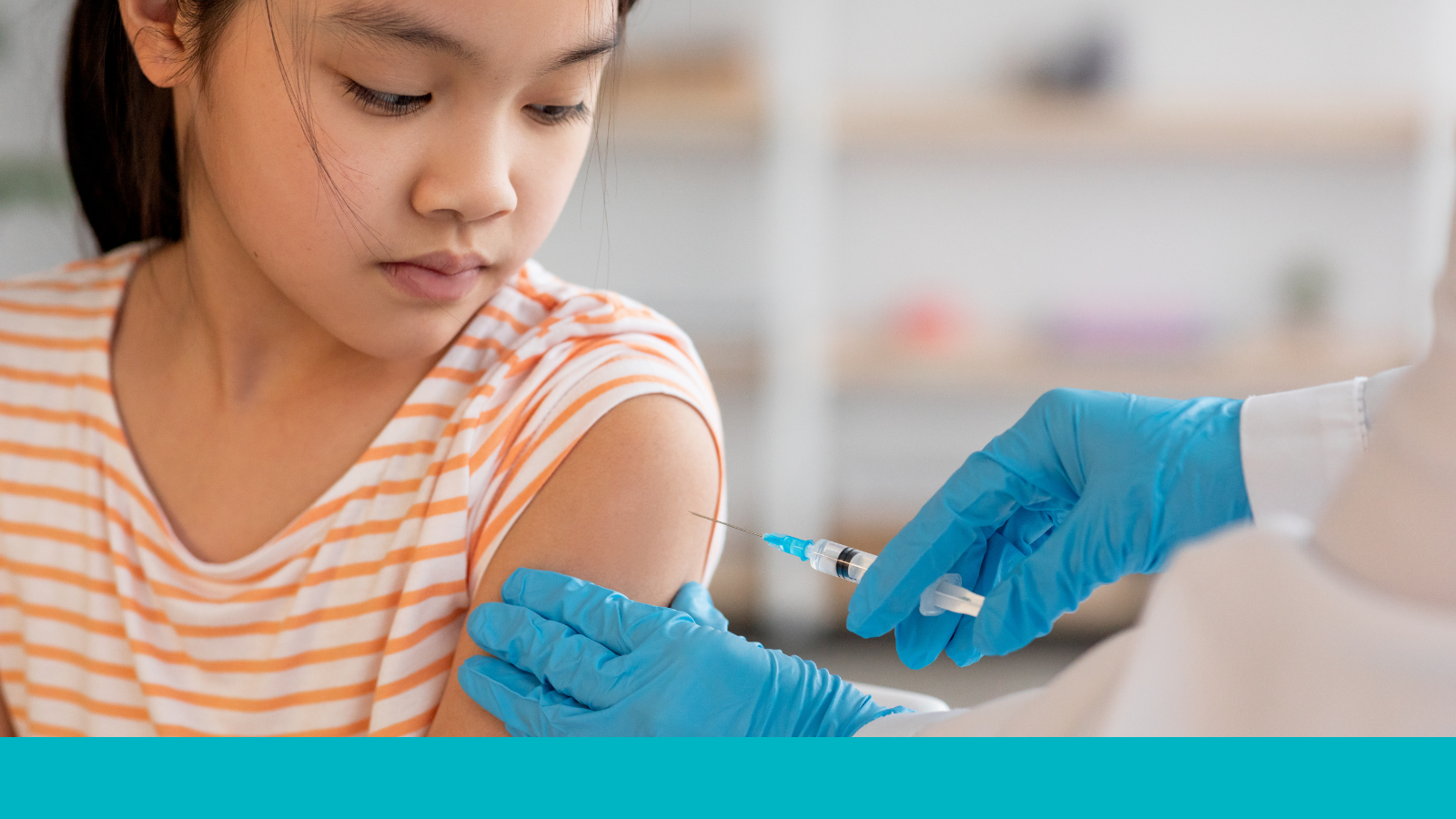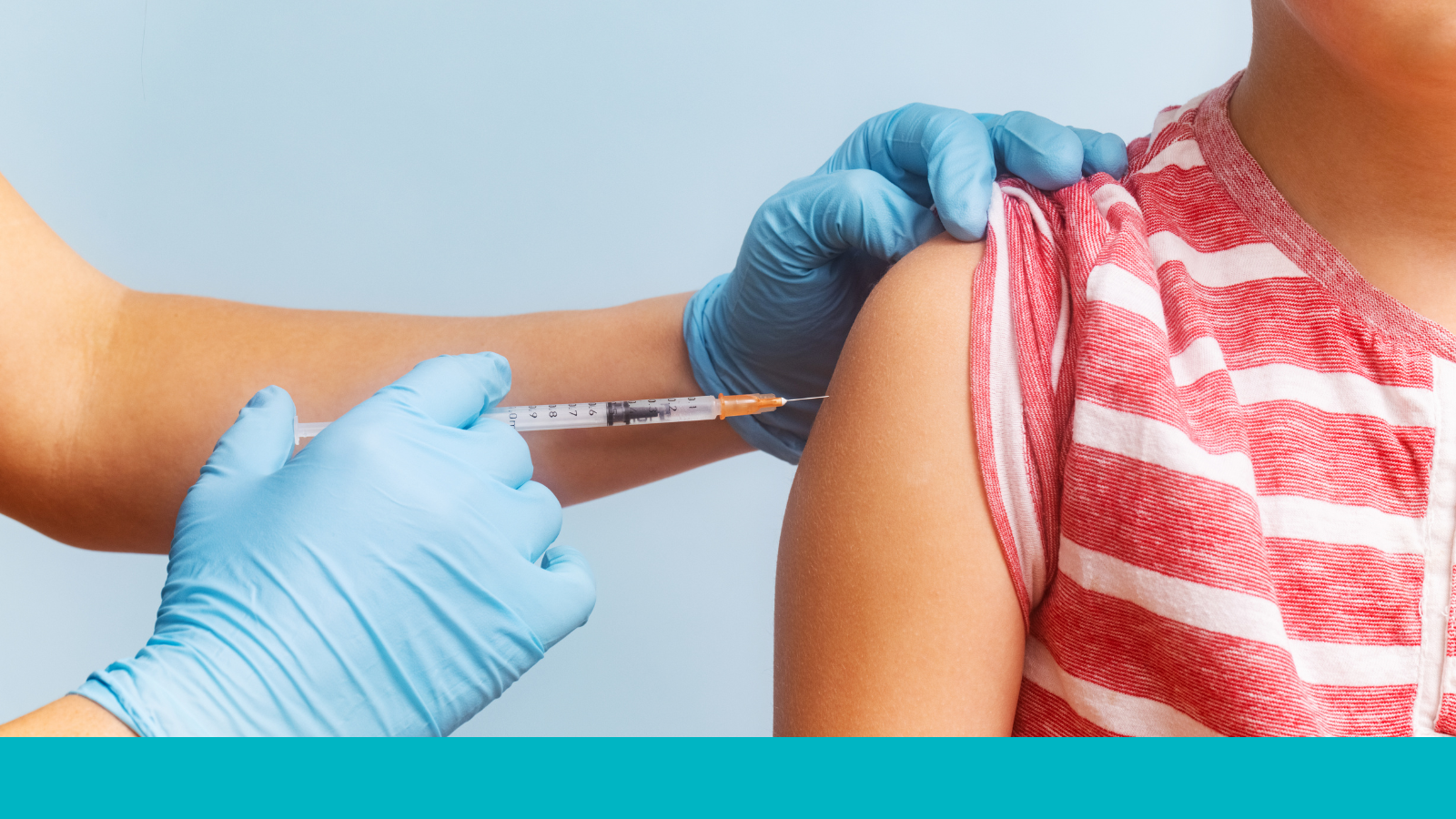Last Updated November 4, 2025
Talking Points
PHCC’s Pediatric Vaccine Talking Points reference the American Academy of Pediatrics (AAP) as an expert source on pediatric vaccines. Expert sources are evidence-based, scientifically rigorous, and timely. Some of the information in this resource differs from information shared by Health and Human Services (HHS) and the Centers for Disease Control and Prevention (CDC).
About Pediatric Vaccines
- Following the American Academy of Pediatrics (AAP) schedule of recommended vaccines is the most effective way to protect infants, children, and teens against 16 preventable, potentially serious diseases.
- During 2025, measles cases in the United States reached their highest levels in over 30 years. This has happened as measles vaccination rates have fallen over the last several years to levels below the 95% vaccination rate threshold needed to protect communities against measles outbreaks. Measles vaccination is recommended in children ages 12 months and older and in some cases as early as 6 months of age.
- Options: Two vaccines can help prevent measles in children 12 months to 12 years old: measles-mumps-rubella (MMR) vaccine and measles-mumps-rubella-varicella (MMRV) vaccine. The MMR vaccine is a combination vaccine, which means it protects against several diseases in a single dose to reduce the number of injections a person receives and the number of visits to a healthcare professional. There are no separate vaccines to protect against measles, rubella, or mumps individually.
- Doses: Both the MMR vaccine and the MMRV vaccine require two doses. The first dose of either vaccine is typically administered between 12 and 15 months of age. The second dose of either vaccine is typically administered at 4 years of age.
- The AAP recommendation differs from the CDC’s guidance. In September 2025, the Advisory Committee on Immunization Practices (ACIP) recommended, without scientific evidence, that the MMRV vaccine option should not be used for the first dose. ACIP informed the CDC’s recommendation that the MMRV vaccine option should not be used for the first dose. Instead, they recommend the first dose of the MMR vaccine at 12 to 15 months of age with a separately administered varicella vaccine and then a second dose, which can be the combined MMRV vaccine at the age of 4.
- The stated reason for this change in recommendation is to help further reduce an already minimal risk of seizures, also known as febrile seizures, that may occur after receiving the first dose of the MMRV vaccine. With the first dose, there is a slightly higher risk of a seizure after receiving the MMRV vaccine compared to the MMR vaccine. Febrile seizures can be concerning to witness, but are generally considered harmless for the child. For this reason, the AAP schdeule recommends giving families a choice of MMR or MMRV vaccine for the first dose.
- The 2024-25 flu season resulted in the highest number of pediatric deaths from the flu over the last 15 years. This has happened as flu vaccination rates have declined in children in the U.S. Vaccination is the best protection against a potentially life-threatening flu infection. Flu vaccination is recommended for everyone 6 months and older.
- During 2025, measles cases in the United States reached their highest levels in over 30 years. This has happened as measles vaccination rates have fallen over the last several years to levels below the 95% vaccination rate threshold needed to protect communities against measles outbreaks. Measles vaccination is recommended in children ages 12 months and older and in some cases as early as 6 months of age.
- The recommended vaccine schedule begins at birth to protect infants before they are exposed to diseases such as measles, polio, and whooping cough. As children grow, they need to receive additional vaccines to extend their protection against these diseases.
Safety and Effectiveness
- Safety: In the United States, vaccines undergo years of careful research and testing before they’re available to the public. Once available, many health experts and organizations continuously monitor vaccines to ensure their ongoing safety and effectiveness.
- Thimerosal is appearing more frequently in the news cycle, causing concern among parents and caregivers. Also known as ethylmercury, thimerosal is a preservative used in some types of influenza vaccines that the human body can process with minimal risk. Ethylmercury is sometimes confused with methylmercury, a higher-risk mercury compound that is not used in vaccines.
- There is no scientific evidence that thimerosal is harmful. Nevertheless, thimerosal is not used in any vaccine on the AAP’s childhood vaccination schedule. For more information about thimerosal, visit PHCC’s “Vaccine Development, Safety, and Effectiveness” topic page.
- Effectiveness: Without vaccines, children and their adult caregivers are at higher risk for the serious side effects of preventable diseases, including disability and death. Among children born between 1994 and 2023, routine childhood vaccinations prevented:
- 508 million cases of illness
- 32 million hospitalizations
- 1.13 million deaths
Side Effects
- The most common side effects of pediatric vaccines are very minor, such as mild pain and swelling in the area where the shot was given, a low-grade fever, and irritability.
- Severe allergic reactions may also occur, but they are very rare.
Staying on Schedule
- Document each vaccine your child receives and keep these records in a safe place. Keeping track of your child’s progress within the vaccine schedule helps ensure your child stays healthy.
- Additionally, your child may need to show documentation of their vaccines to go to school and after-school activities, travel abroad, and apply for certain jobs.
- If you do not have your child’s vaccination records: contact the doctor(s) and/or clinic(s) who have previously given your child vaccines. You can also contact your state’s immunization registry or your child’s school.
- If you cannot find your child’s vaccination records: talk to a healthcare provider about the best next steps for keeping your child safe and healthy.








